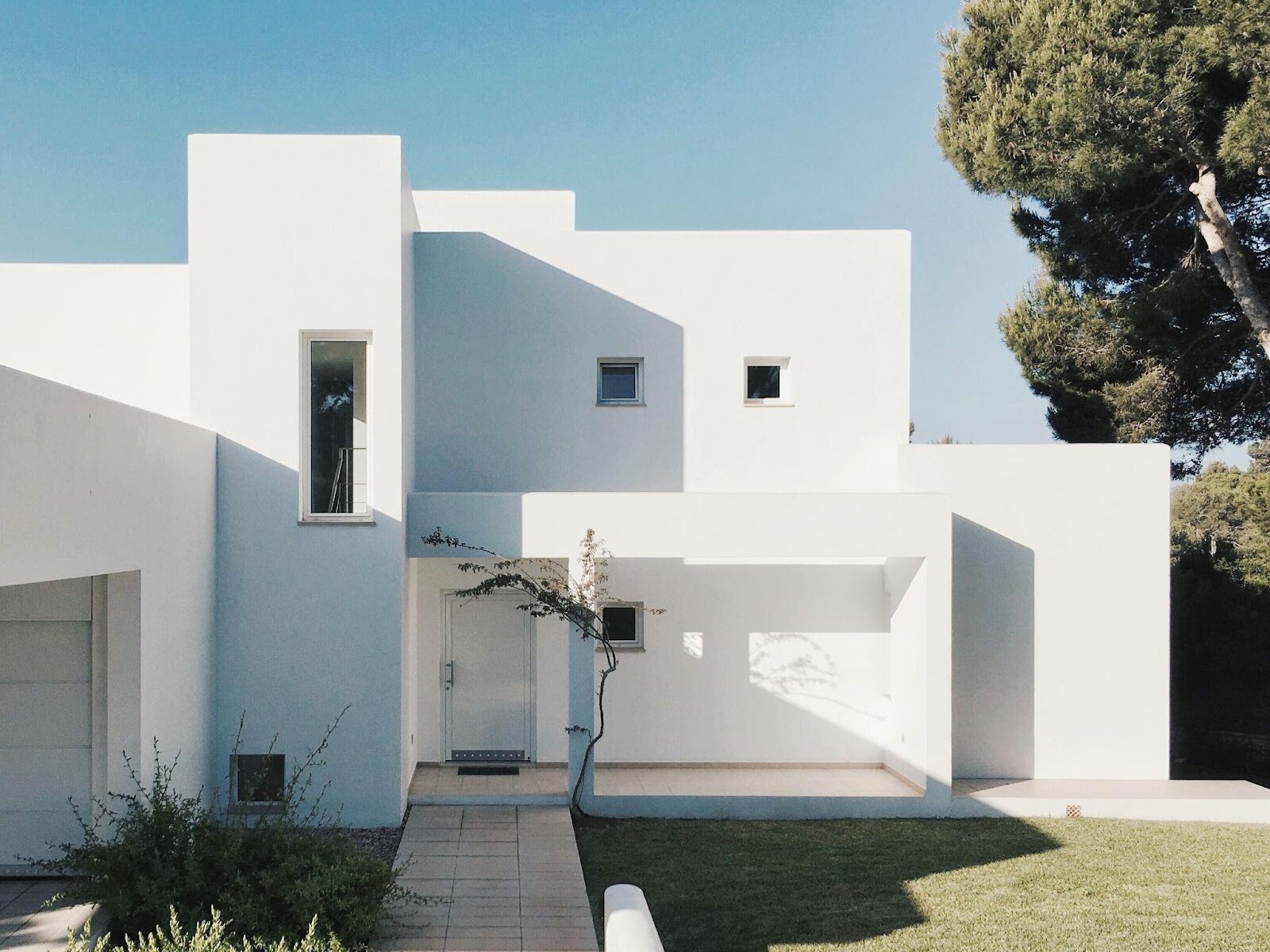In the current economic climate, to access equity in their homes, many homeowners look for refinancing options that allow them to keep their low-interest mortgages. An MBANC client and a self-employed entrepreneur, Joshua purchased his Los Angeles property in 2017. In 6 years, his property equity increased by 70%.
Joshua came to MBANC, because he wanted to leverage his real estate equity without compromising his low interest rate. If you are a savvy homeowner, like Joshua, and secured your property when the interest rates were low, you may also be looking to access equity without sacrificing your interest rate.
The possible options include a closed-end second mortgage, cash-out refinancing, or HELOC. What are the differences, and what product works best for a self-employed borrower in the current economy? Below, we provide a guide based on our experience to clients like Joshua and yourself.
How Closed-End Second Mortgages Work
A closed-end second mortgage allows homeowners to release up to 80% of their home equity (85% with MBANC) without impacting the interest rate on their first mortgage.
These loans are called “closed-end” because they provide borrowers with a lump sum of money upfront (up to $500K with MBANC). The amount you can receive depends on your credit score, income, combined loan to value (CLTV) and other qualifying criteria. You can use the money however you want — pay off debt, purchase another property, finance education, renovate your home, pay medical expenses, take a dream vacation, or pay for a wedding.
You repay the loaned amount in monthly installments over a specified loan term, usually 5-15 years (30 year term with MBANC), at a fixed interest rate. The monthly payments on the closed-end second mortgage are in addition to your first mortgage payments.

What About HELOC and Cash-Out Refinance?
There are several financing options available if you want to access equity in your property. What are the differences, and which one is best for you?
A home equity line of credit (HELOC) is a revolving line of credit guaranteed by the home equity, which you can repeatedly draw on and pay off. A HELOC works best for the homeowners who want to keep drawing money as needed, such as ongoing tuition payments or home upgrade projects. However, a HELOC typically comes with variable interest rates. And you need to qualify for a HELOC. Most traditional lenders require tax returns, which may not be the optimal option for self-employed homeowners.
A cash-out refinance is a type of loan that replaces your first mortgage with a bigger mortgage on new terms, such as a new interest rate. Like a closed-end second mortgage, it allows a homeowner to get a lump sum of cash. But because it is replacing your first mortgage, it comes with closing costs, and, like with HELOC, you need to qualify for it. Considering current interest rates and qualification requirements for self-employed borrowers, cash-out refinance may again not be an optimal option for you.
If you are a self-employed homeowner who does not have traditional sources of income, and you need a lump sum of cash fast while preserving a low interest rate on your first mortgage, a closed-end second mortgage may be your best option.

Pros and Cons of the Closed-End Second Mortgages for the Self-Employed Borrowers
What are the main pros of closed-end second mortgages?
- You can tap into your home’s built-up equity and turn it into cash.
- You can keep your first mortgage terms, such as low interest rate, and have predictable monthly payments, as closed-end second mortgages come with fixed interest rates.
- You can use cash for almost any expenses — debt consolidation, education, home improvements, unexpected expenses, etc.
- If you plan to use a closed-end second mortgage for home improvements, which will increase the market value of your home further, the interest you pay may be tax-deductible.
What are the main cons of closed-end second mortgages?
- You will have to make payments on both loans at the same time. Like with the first mortgage, if you fail to repay a closed-end second mortgage, you risk losing your house.
- When you take out a second mortgage, you reduce equity in your home, which might affect the ability to borrow against it in the future or sell it at a profit.
- The amount you can borrow depends on how much of your home you own outright. If you end up needing more money than you expected, you can’t reborrow and will have to get another loan.

How to Choose a Closed-End Second Mortgage Lender
Different lenders will have different approval processes, interest rates, fees and offer different amounts of equity. Read customer reviews and understand what their customer service is like. It is important to shop around and do your research.
Speed — pre-approval time and days to close — is another important consideration. For self-employed borrowers, the documents required and ways to verify income are another consideration. There is no point in working with a lender or broker who does not specialize in lending to the self-employed borrowers.
At MBANC, we have supported self-made borrowers with premier lending solutions since 2005. Self-employed clients can qualify for a second mortgage or cash-out refinance using self-employed income. MBANC are a direct mortgage lender and the decision maker, which means we can offer an expedited approval process which is faster and easier than the conventional lenders, getting you access to cash fast.
An average approval time with MBANC is just 17 days. Close quickly with our award-winning Alternative Mortgage Programs, ideal for refinancing. Our experienced and vested professionals will guide you step-by-step with the right mortgage solution for you.
Frequently Asked Questions
Below are some questions our clients ask us about our closed-end second mortgages.
How much can I borrow with a closed-end second mortgage?
The amount you can borrow depends on the equity in your home. MBANC provides closed-end second mortgage amounts up to $500K. Most lenders allow you to borrow up to 80% of your home’s equity, with MBANC you can borrow up to 85% for up to 30 years.
What are the interest rates for closed-end second mortgages?
Rates for self-employed borrowers are defined by many factors: income calculation method, and equity position, credit score, loan term, income, and debt. Our interest rates are slightly higher than the regular mortgage market rate because we are willing to consider your alternative documentation, while other lenders will not take this risk.
How do I qualify for a closed-end second mortgage?
To qualify for a closed-end second mortgage with MBANC, you need to have a credit score of at least 660 and a debt-to-income of 50% or lower. Self-employed borrowers can qualify with MBANC using personal or business bank statements.

